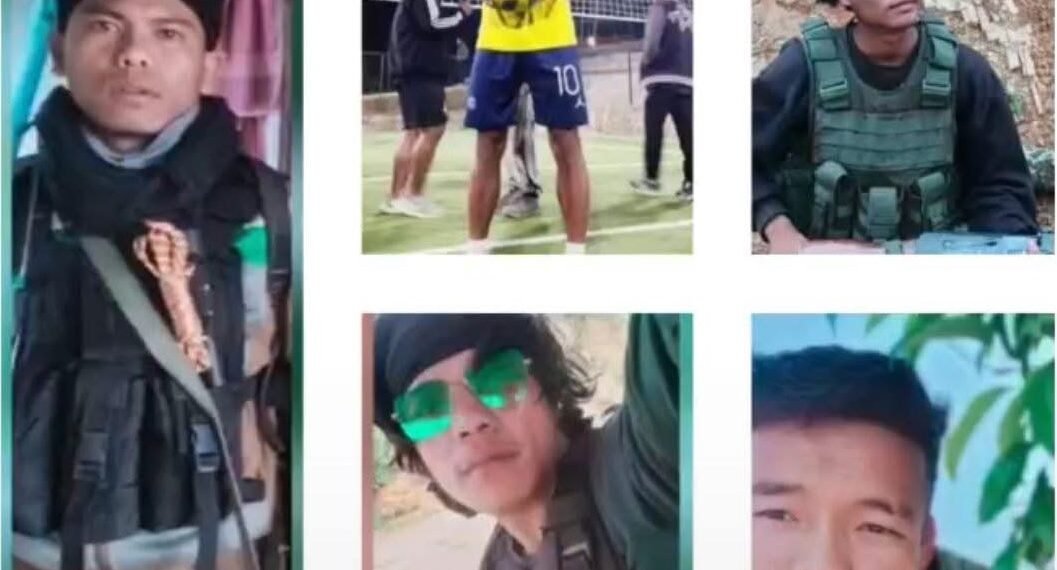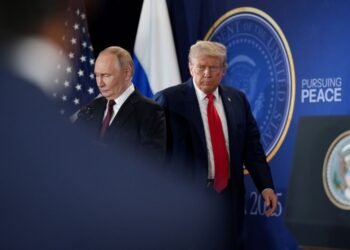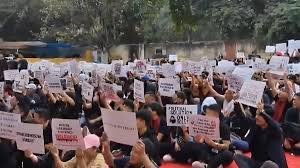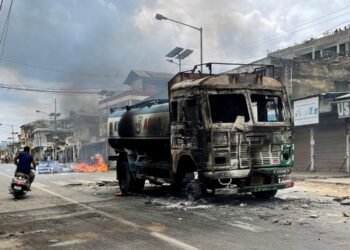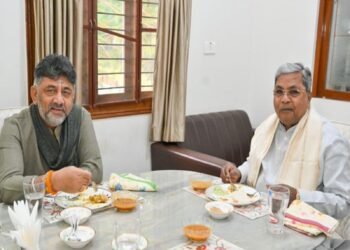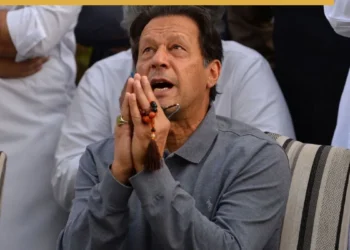The emergence of these new groups, both made up of disaffected Chin-Kuki militants, underscores rising friction and fragmented loyalties in the region’s already volatile militant ecosystem.
BY PC Bureau
The recent gun battle in Deiveijang village that left five cadres dead is more than just another incident of insurgent violence in Manipur. It is the most visible crack in the fragile architecture of Kuki-Chin militant unity and exposes the chaotic realignment of power among non-SoO outfits operating in Manipur’s hill districts. With new actors like the United Kuki National Army (UKNA) and Chin Kuki Mizo Army (CKMA) entering the already volatile insurgent theatre, the lines between political negotiation, territorial ambition, and raw armed assertion are rapidly blurring.
Who Were the Dead—and What Did They Die For?
The five deceased militants—identified only by the names Alex, Seiboi, Pongba, Ringo, and Rambo—reportedly belonged to one or both of the warring factions, UKNA and CKMA. Officials have yet to clarify the affiliation of each, and that ambiguity in itself points to the ad hoc nature of these emergent outfits. Formed in the shadow of the ethnic violence of 2023–24, these groups represent splinters of earlier formations and disaffected cadres unwilling to submit to the operational limits of the Suspension of Operations (SoO) agreement.
That the fighting occurred in Tamenglong—a district historically peripheral to Kuki militant activity—underscores the fluid geography of their operations. Analysts believe both UKNA and CKMA are testing territorial claims, and the firefight might have been the culmination of weeks of rising tensions over recruitment zones, extortion routes, or strategic hideouts.
🔴 BREAKING: Internal Bloodshed in #KukiMilitant Camp
5 cadres of UKNA (United Kuki National Army), a non-SOO kuki militant group, have been shot dead by their own comrade in a remote Tamenglong camp near Daiveijang village.#Manipur #UKNA @PMOIndia @NIA_India @CBIHeadquarters pic.twitter.com/xXsLxmf3PL
— Pao-Lie-Lal_Burmese Minai Macha🕊️✌🥷🏻 (@Hattori_nongshA) July 22, 2025
A Bloody Legacy from June 30
The UKNA’s alleged role in the June 30 assassination of the Deputy Commander-in-Chief of the Kuki National Army (KNA), a SoO-signatory group, is being seen as the opening salvo in this internal feud. That assassination was a brazen act—cutting down a senior figure within the same ethno-political fraternity—suggesting that UKNA harbors not only operational ambition but also ideological divergence. Whether the CKMA emerged in response to this aggression or as a rival mirror outfit remains to be seen.
Either way, what was once a vertical alliance under the Kuki National Organisation (KNO) umbrella has now fractured into horizontal conflict. The gunfight at Deiveijang is just the most recent, and perhaps inevitable, manifestation of this new militant geometry.
READ: Was Dhankhar Pushed Out? His Silence Speaks of The Knives Aimed at Him
The timing is worrying. The SoO framework itself is under strain, with both Meitei and Naga civil society organisations demanding its termination. In such a context, the rise of unsanctioned armed outfits like UKNA and CKMA plays into the narrative that the Kuki militant ecosystem is incapable of internal regulation.
Security observers warn that if the Government of India or the Manipur state administration begins to conflate SoO groups with these breakaway formations, it could unravel years of backchannel diplomacy. Some within the security establishment argue that the emergence of these groups may in fact be an intentional provocation—to sabotage the SoO from within or to bargain for inclusion in future peace talks from a position of demonstrated strength.
Complicating matters further is the porous Indo-Myanmar border. Both UKNA and CKMA are believed to operate on both sides of the line, enjoying ethnic support among the transborder Chin-Kuki-Mizo populations. Given the escalating instability in Myanmar, particularly in Chin and Sagaing regions, Indian intelligence agencies fear the growing possibility of arms smuggling, joint training camps, and ideological radicalisation bleeding across into Manipur.
Reports suggest that weapons seized from earlier encounters bore Burmese military markings, indicating possible diversion of arms from Myanmar’s internal conflict zones. This raises the stakes for Indian border forces and intensifies the challenge of monitoring and containing militant traffic through hilly, forested terrain.
READ: SIR Sparks Firestorm: INDIA Bloc Accuses ECI of Voter Purge in Bihar
While state police and Assam Rifles have increased surveillance and patrolling around Deiveijang, the absence of an official statement—either confirming the affiliations of the deceased or outlining the government’s strategy—signals hesitation. The silence could be tactical, aimed at not inflaming tensions further. Or it could indicate uncertainty about how to classify this new wave of violence: is it criminal turf war, intra-insurgency rivalry, or a breakdown of an already fragile status quo?
Until that answer becomes clear, Deiveijang may serve as a grim forecast of what’s to come in Manipur’s hills: an insurgency not of ideology, but of factions—where the enemy is no longer the state, but each other.


